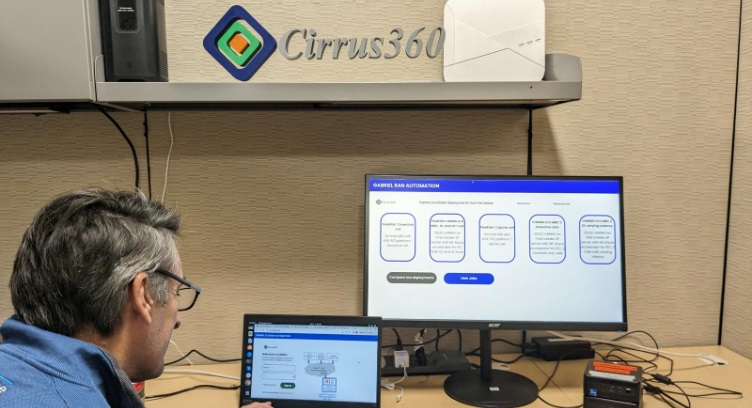Vodafone, Cirrus360, and Intel have demonstrated a computer language framework for Open Radio Access Networks (RAN) that automates the process of introducing and running software across hardware from multiple vendors.
The RAN Domain Specific Language (RDSL), which is described in a white paper shared with the wider RAN community (see link below), provides operators with a faster and more cost-effective way to fine tune software to sync perfectly with silicon chips and other hardware that make up an Open RAN mobile site.
New Open RAN language
The open architecture of Open RAN means hardware and software can be sourced from different suppliers. These component parts need to seamlessly communicate with each other to maximise Open RAN’s energy efficiency, low latency, and capacity. This new language is key to achieving this goal, creating a fully open, virtualised, and interoperable mobile base station.
The code was originally initiated through the collaborative auspices of the industry body Telecom Infra Project (TIP) and is designed to adopt a dynamic, machine learning approach to abstraction (the hardware and software interface). Whereas today, new software is optimised over time, the code will enable the abstraction to learn patterns and optimise data movements actively and more quickly.
Cheaper and easier hardware swaps
Lab results with Cirrus360 show that this ‘intelligent’ automated abstraction technique, as opposed to the common static approach, offers cheaper and easier hardware swaps, enhances power savings, and increases capacity without taking up much time or resource. The benefits will be magnified when considering the rapid evolution of silicon and servers at the network edge since the response times are vastly improved.
This innovation not only applies to single site mobile base stations, but it can also be applied across a cluster of masts in both rural and urban areas via an operator-controlled interface (GUI). Also, in future, an interface can be established between the chipset and other Open RAN elements such as the Radio Intelligent Controller (RIC) that allows third-party Apps to drive even greater innovation in silicon control and optimisation.
Industry standard practice
With this paper, Vodafone, Cirrus360 and Intel are introducing the domain specific language framework to the wider open RAN community, including the O-RAN Alliance. They hope that it will encourage further ecosystem adoption, multi-vendor testing and ultimately, for it to become standard practice as open RAN is rolled out more widely.






















